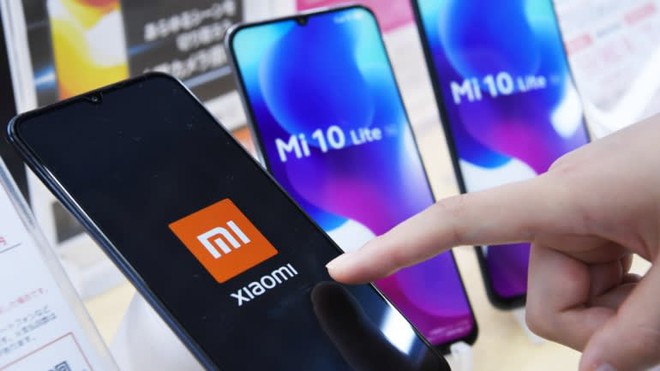The whole smartphone outsourcing industry has skyrocketed thanks to Samsung’s change of strategy
- Tram Ho
According to market research firm Counterpoint, smartphone makers including Samsung Electronics are increasingly outsourcing device development to remain cost-competitive, in volume. These phones currently account for more than a third of the market.
In particular, outsourced smartphones accounted for 36% of global shipments in the first half of this year. This figure is up 14 points from the previous three years.
This trend was initially focused on small players, but has spread throughout the industry, to heavyweight competitors like Samsung. This activity has contributed to a softening of the excessive maturity of the smartphone market, partly reflecting the flat screen TV market.
While this could help lower costs and lower prices for consumers, smartphone makers risk losing their ability to make a difference by skipping design. And this activity also benefits outsourcing companies, largely concentrated in China.
Samsung used to hold everything from the design to manufacturing of its smartphones internally. But things changed dramatically in the second half of 2019, when the South Korean conglomerate began to outsource large-scale. And now, that now applies to 50 million units of products, or about 20% of the company’s annual shipments.
Samsung says it has implemented certain models in response to market demand, namely, effectively offering a full line of smartphones while keeping prices down. But considering that it is using the marketing of devices at different prices to suit each market, it is clear Samsung has determined that in-house development for all product models will not work. fruit.
And it looks like Samsung has outsourced to mainly develop the Galaxy M series of phones, priced under $ 200, designed for India and other emerging markets.

Xiaomi also outsourced the development of its entire line of smartphones. Photo: Karina Nooka
Although the production of the iPhone is also entirely outsourced, Apple retains the design work itself, including the specifications of the components. Before Samsung entered the software outsourcing game, this activity was mainly focused on small and medium competitors. China’s Xiaomi is an example of outsourcing its entire product development process.
One of the driving factors is the “universalization” of smartphones, according to Atsushi Osanai, professor at Waseda University in Tokyo, an expert in technology management. That’s when phone makers raced to outdo each other in displays, cameras and other features, to the point where low-end devices achieved the same significant level of functionality.
Aside from a few high-end models, the focus of competition among smartphones is headed for price. And outsourcing allows manufacturers to limit development costs. Manufacturing costs are also reduced through the adoption of low-cost conventional parts and design expertise from the suppliers.
Most of these smartphones sell for $ 150 or less, according to Counterpoint. Global smartphone shipments appear to have peaked: around 570 million units were shipped in the first half of the year, and annual numbers are expected to be lower than 2019. But residential devices This price level is crucial for developing and dominating emerging markets where there are still margins for growth.
Outsourcing contractors can be divided into original design designers and manufacturers, also known as ODM, who handle both the design and manufacturing part of the process.
The ODM in particular has achieved remarkable growth. They take orders from customers with criteria on the appearance and specifications of the product. Companies handle the structural design of phones and procure parts, then deliver the final product, stretching the customer’s brand.
The top three outsourcing contractors in China are accounting for aggregate market share in excess of 70%. The lead company, Shanghai-based Huaqin Technology, increased its shipments by more than 80% year-on-year, thanks to business operations with Samsung.
Last year, Huaqin raised more than $ 150 million from venture capital groups, including those from Intel and Qualcomm. Much of the proceeds appear to be geared towards plant capacity expansion.
Wingtech Technology, the second leading software outsourcing service provider, was first established in 2006 as a design company. It made the transition to ODM with the 2008 factory construction and achieved growth thanks to Xiaomi in charge of orders.
Wingtech, in third place, has expanded its portfolio to wireless headsets and other devices, according to analysis by securities firm Cinda Securities. Last year, Wingtech bought Dutch semiconductor company Nexperia from a Chinese wealth management firm.
In retrospect, the ODM model was established in the personal computer industry in the 1990s. It is estimated that about 40% of TVs are made using this model. While it may seem at first glance that ODM will inevitably become the rule in the smartphone industry, this option does not easily allow manufacturers to “differentiate” themselves.
This shows that smartphone companies need to strike a balance between in-house development and outsourcing. But, the lure of emerging device designers in China is not irresistible.
“They have a superior know-how in assembling low-cost components and designing smart phones,” said a Japanese electronics component manufacturer, who does business with Samsung and the manufacturer. Chinese phone export Oppo, said.
Refer to Nikkei
Source : Genk
